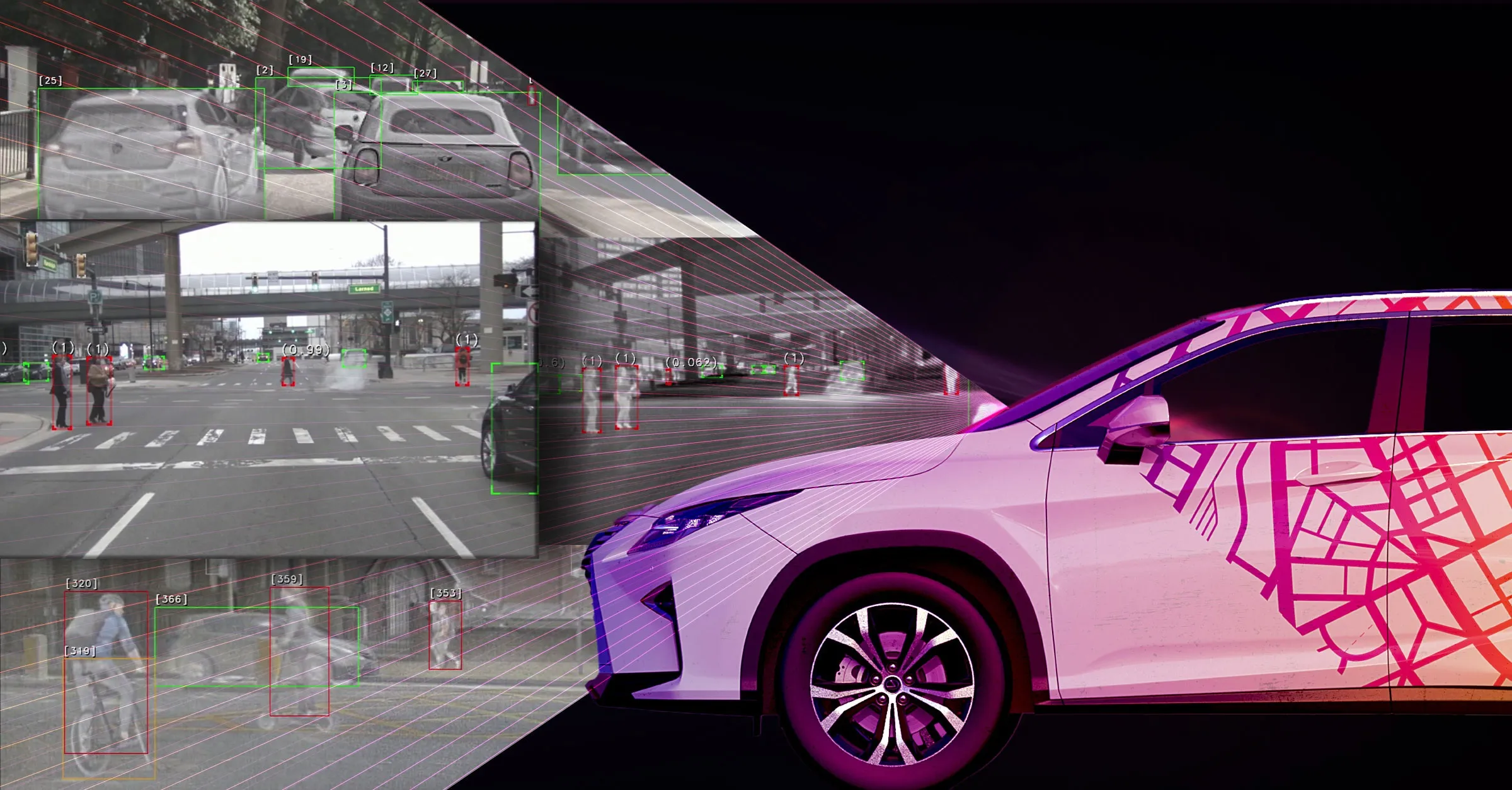The latest research report by RnRMarketResearch forecasts the global ADAS market to grow at 24.97 per cent CAGR to 2019 and segments the market into seven categories: tyre pressure monitoring system (TPMS), park assistance system (PAS), adaptive cruise control (ACC), blind spot detection (BSD), night vision system (NVS), lane departure warning system (LDWS) and others (including adaptive front lighting, drowsiness monitor, forward collision warning, head-up display, and driver monitoring systems).
The r
June 23, 2015
Read time: 2 mins
The latest research report by RnRMarketResearch forecasts the global ADAS market to grow at 24.97 per cent CAGR to 2019 and segments the market into seven categories: tyre pressure monitoring system (TPMS), park assistance system (PAS), adaptive cruise control (ACC), blind spot detection (BSD), night vision system (NVS), lane departure warning system (LDWS) and others (including adaptive front lighting, drowsiness monitor, forward collision warning, head-up display, and driver monitoring systems).
The report, Global ADAS Market 2015-2019, covers Europe, North America, the APAC region and the ROW; it also covers the Global ADAS market landscape and its growth prospects over the coming years. The report also includes a discussion of the key vendors operating in this market.
Increased demand from the developing countries for night vision systems and blind spot detection in vehicles is one of the key trends being observed in this market. Improved economic conditions in these countries, growing safety concerns among consumers, and increased road accidents as a result of poor visibility at night, while changing lanes, or merging with traffic have increased the demand for ADAS.
ADAS manufacturers such as260 Continental, Robert 311 Bosch, and 4171 Autoliv are collaborating with OEMs to develop and manufacture low-cost ADAS for low-cost and compact vehicles. A consistent increase in the demand for compact and mid-sized vehicles equipped with advanced safety features in emerging markets such as India and China is also expected to propel the growth of the market during the forecast period.
To define the market conditions in the next 3-4 years, analysts for this report titled Global ADAS Market 2015-2019 have conducted in-depth analysis of the impact of market drivers, challenges and trends featuring data on product segmentations, vendor shares, growth rate by revenue and an evaluation of the different buying criteria in the order of importance.
The report, Global ADAS Market 2015-2019, covers Europe, North America, the APAC region and the ROW; it also covers the Global ADAS market landscape and its growth prospects over the coming years. The report also includes a discussion of the key vendors operating in this market.
Increased demand from the developing countries for night vision systems and blind spot detection in vehicles is one of the key trends being observed in this market. Improved economic conditions in these countries, growing safety concerns among consumers, and increased road accidents as a result of poor visibility at night, while changing lanes, or merging with traffic have increased the demand for ADAS.
ADAS manufacturers such as
To define the market conditions in the next 3-4 years, analysts for this report titled Global ADAS Market 2015-2019 have conducted in-depth analysis of the impact of market drivers, challenges and trends featuring data on product segmentations, vendor shares, growth rate by revenue and an evaluation of the different buying criteria in the order of importance.









